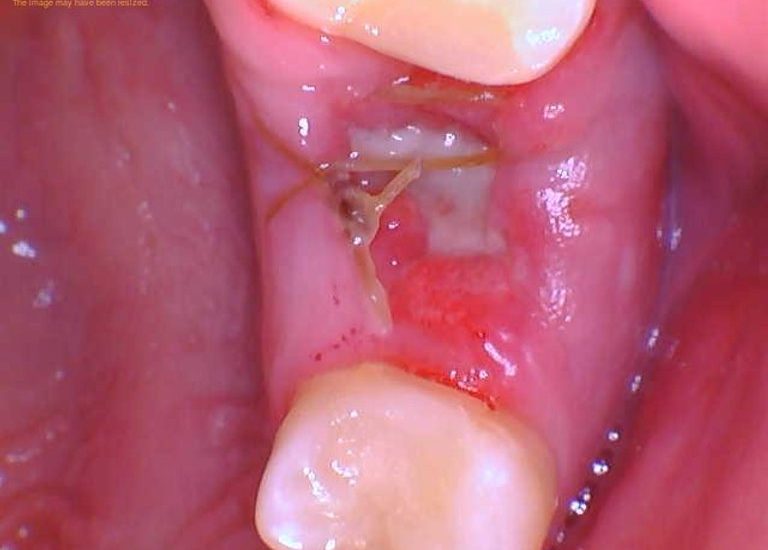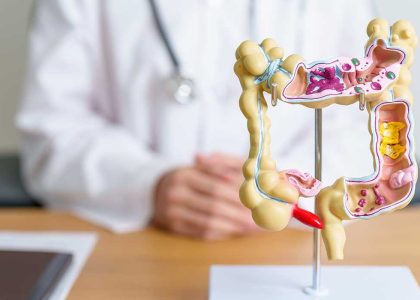Wisdom teeth stitches typically come out about a week after the extraction procedure. During this time, the stitches serve to promote healing and minimize the risk of infection. It is essential to follow your dentist’s instructions regarding when to have the stitches removed. Once the set time has passed, the stitches are usually taken out swiftly and painlessly, allowing you to continue on your path to recovery after the removal of your wisdom teeth.
When Do Wisdom Teeth Stitches Come Out: A Complete Guide
Understanding Wisdom Teeth Stitches
Wisdom teeth removal is a common dental procedure that many people undergo to prevent potential issues like crowding, impaction, and infection. After the extraction, the dental surgeon may place stitches to promote proper healing of the surgical site. These stitches are essential for closing the wound and reducing the risk of complications. But when do wisdom teeth stitches come out?
Types of Wisdom Teeth Stitches
There are different types of stitches used after wisdom teeth extraction, including dissolvable and non-dissolvable stitches. Dissolvable stitches gradually dissolve on their own within a specific timeframe, while non-dissolvable stitches need to be removed by the dentist or oral surgeon.
Dissolvable Stitches
Dissolvable stitches, also known as absorbable stitches, are commonly used for wisdom teeth removal. These stitches are made from materials that break down in the body over time, typically within one to two weeks. As the stitches dissolve, the wound heals, and the gums close naturally.
Non-Dissolvable Stitches
Non-dissolvable stitches, on the other hand, are made from materials like silk, nylon, or polyester. These stitches require manual removal by the dentist or oral surgeon during a follow-up appointment. The timeframe for removing non-dissolvable stitches varies depending on the individual’s healing progress and the dentist’s recommendation.
When Do Wisdom Teeth Stitches Come Out?
The timeline for wisdom teeth stitches removal depends on the type of stitches used and the healing process of the individual. In general, dissolvable stitches will gradually dissolve on their own within one to two weeks after the surgery. On the other hand, non-dissolvable stitches may need to be removed by the dentist or oral surgeon approximately one week after the extraction.
Signs That Stitches Need to Be Removed
While dissolvable stitches will naturally dissolve, there are signs that indicate non-dissolvable stitches need to be removed. These signs include:
- Persistent pain or discomfort at the surgical site
- Visible loosening or fraying of the stitches
- Redness, swelling, or pus around the stitches
- Unpleasant taste or odor coming from the surgical site
If you experience any of these symptoms, it is essential to contact your dentist or oral surgeon for a follow-up appointment to have the stitches removed.
Aftercare Tips for Wisdom Teeth Stitches
Proper aftercare is crucial for the healing process after wisdom teeth extraction. Here are some tips to help ensure a smooth recovery:
- Follow your dentist’s post-operative instructions carefully
- Avoid touching or disturbing the surgical site with your tongue or fingers
- Stick to soft foods and liquids for the first few days after the surgery
- Rinse your mouth gently with warm saltwater to keep the surgical site clean
- Avoid vigorous rinsing, spitting, or using straws, as these actions can dislodge the stitches
- Avoid smoking and drinking alcohol, as these can impede the healing process
- Take any prescribed medications as directed by your dentist
In summary, wisdom teeth stitches play a crucial role in the healing process after wisdom teeth extraction. Whether you have dissolvable or non-dissolvable stitches, it is essential to pay attention to your body’s signals and follow your dentist’s instructions for optimal recovery. By knowing when wisdom teeth stitches come out and how to care for them, you can ensure a smooth and successful healing process. If you have any concerns or experience any unusual symptoms, don’t hesitate to contact your dentist for guidance and support.
Wisdom Teeth: See Why and How They're Removed #wisdomteeth #teeth #oralhealth
Frequently Asked Questions
How long do stitches from wisdom teeth removal usually stay in place?
The stitches from wisdom teeth removal typically stay in place for about 7 to 10 days. However, the exact duration may vary depending on the individual healing process and the type of stitches used by the dentist or oral surgeon.
Is it normal for wisdom teeth stitches to dissolve on their own?
Yes, it is normal for wisdom teeth stitches to dissolve on their own. Many stitches used in oral surgeries are designed to gradually dissolve over time, eliminating the need for removal. This process usually occurs within the first week or two after the extraction procedure.
Can wisdom teeth stitches come out before the recommended time?
While it’s possible for wisdom teeth stitches to come out before the recommended time, it is generally advised to leave them undisturbed until they naturally dissolve or until your dentist advises their removal. If you experience any unusual pain or bleeding around the stitches, contact your dentist for further guidance.
Final Thoughts
After undergoing wisdom teeth removal surgery, stitches are typically removed within 7-10 days. It is essential to follow the post-operative care instructions provided by your dentist or oral surgeon. Keeping the surgical site clean can help promote healing and reduce the risk of complications. Contact your healthcare provider if you experience excessive pain, bleeding, or signs of infection before the scheduled stitch removal. Remember that knowing when do wisdom teeth stitches come out can aid in your recovery process.






